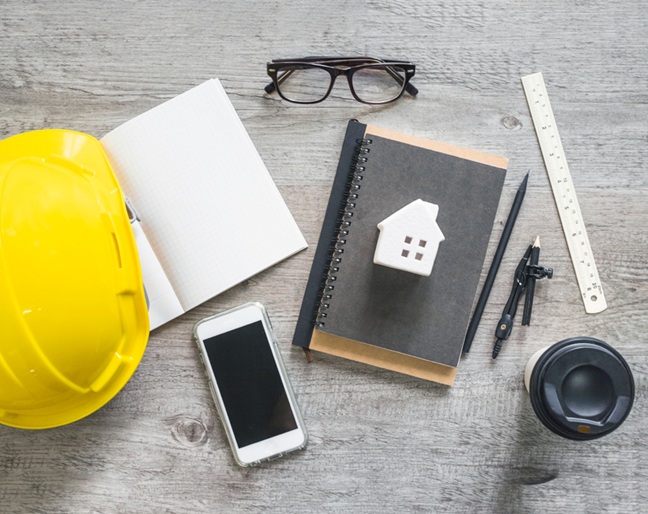When choosing a place to live, people often focus on location, design, and amenities. While these aspects are essential, safety features don’t always get the attention they deserve. Yet, these systems and tools can make all the difference during an emergency.
From ensuring safe evacuation for all residents to minimizing the impact of disasters, overlooked safety features can play a critical role in protecting lives. Let’s explore five essential yet often underestimated safety features every residential building should have.
Smoke Control Systems
While smoke alarms are standard in most residential buildings, smoke control systems are often overlooked. These systems actively manage the movement of smoke, keeping evacuation routes clear and breathable. Features such as pressurized stairwells and smoke extraction fans can make a significant difference during a fire, particularly in high-rise buildings where smoke can spread rapidly.
Incorporating and maintaining smoke control systems is a proactive step that enhances safety and provides peace of mind to residents. Unfortunately, many buildings fail to prioritize this crucial feature, leaving residents vulnerable during fires.
Emergency Evacuation Chairs
Evacuating safely during an emergency in multi-story buildings can be daunting, especially for individuals with reduced mobility. Emergency evacuation chairs from a reputable company like Evacuscape are an ideal solution, designed to help transport these individuals down staircases quickly and safely.
Beyond compliance, these chairs promote universal design, ensuring that buildings are inclusive and prepared for emergencies. Installing evacuation chairs isn’t just about meeting legal standards; it’s about creating an environment where everyone, regardless of mobility, can evacuate safely.
Fire Doors and Compartmentation
Fire doors and compartmentation are simple yet lifesaving features that are often underestimated. Fire doors are designed to withstand fire and smoke for a specific period, blocking the spread of flames. Compartmentation divides a building into fire-resistant sections, preventing a fire from engulfing the entire structure too quickly. When properly installed and maintained, these features provide precious time for residents to evacuate safely. Regular inspections are essential to ensure fire doors remain functional and effective. Ignoring these systems can turn a manageable fire into a catastrophe.
Backup Power Systems
Backup power systems are indispensable during emergencies like power outages caused by storms or earthquakes. These systems keep essential services such as emergency lighting, elevators, and fire alarms operational.
Yet, many residential buildings neglect to install reliable backup power sources, leaving residents in potentially dangerous situations. High-quality generators or battery storage systems can ensure critical infrastructure continues functioning during an emergency, providing a lifeline when residents need it most.
Accessible Emergency Exits and Clear Signage
Emergency exits are essential for evacuation, yet their accessibility is frequently overlooked. Blocked or poorly marked exits can lead to confusion and chaos during an emergency. Clear, illuminated signage and well-maintained pathways to exits are critical to ensuring a swift and safe evacuation.
For residents with disabilities or mobility challenges, accessible exits equipped with tools like evacuation chairs make all the difference. Building managers should inspect exits to ensure they remain unobstructed and fully functional. Investing in clear, universally recognized signage is a small but impactful step toward enhancing safety.










